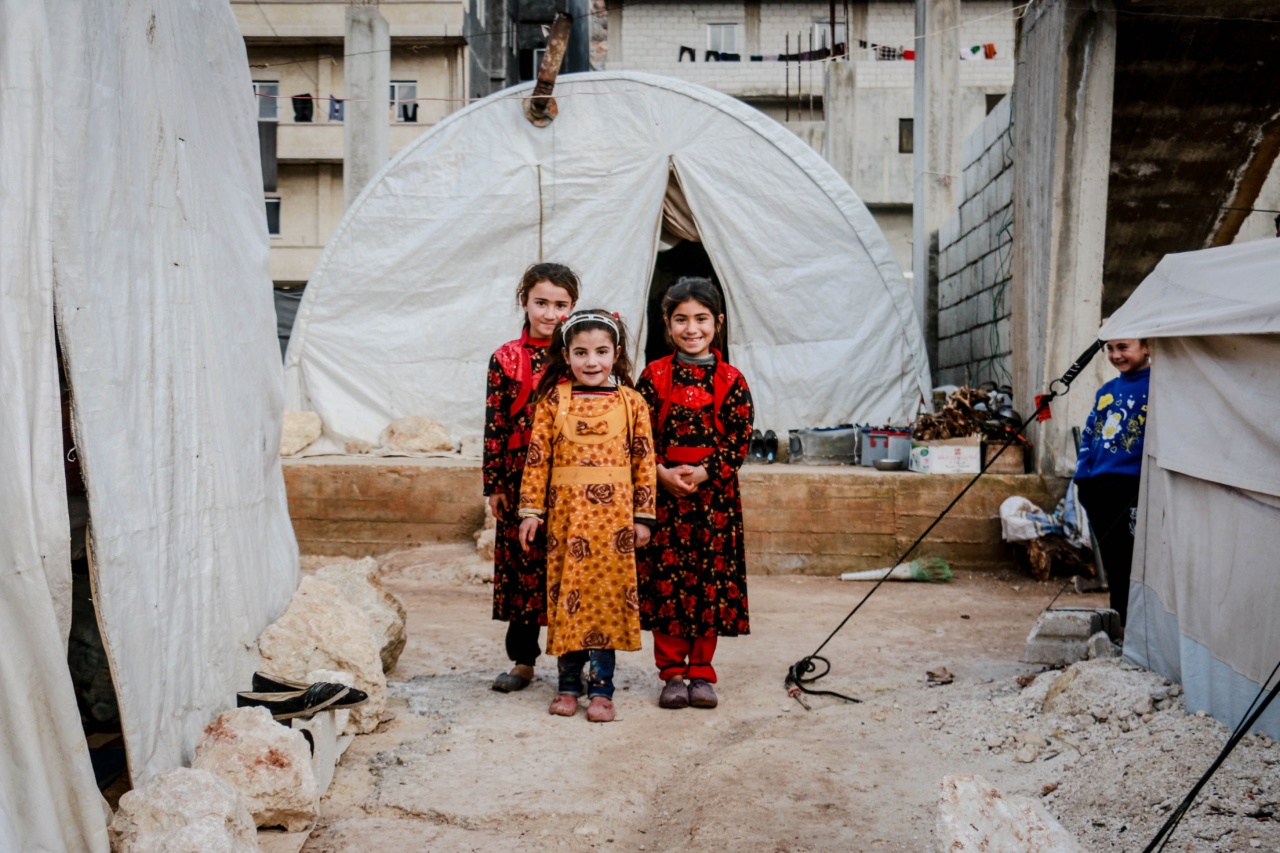Allergic Porphyra, also known as porphyria, is a rare condition that affects the production of heme, an essential component of hemoglobin found in red blood cells.
Children can develop this condition due to a genetic mutation or as a result of environmental factors. In this article, we will explore the symptoms, causes, and treatment options for Allergic Porphyra in children.
Understanding Anemia in Children
Anemia is a common blood disorder characterized by a decrease in the number of red blood cells or a deficiency in hemoglobin. While there can be various causes of anemia, it can also occur as a result of Allergic Porphyra.
It is important to diagnose and treat anemia in children promptly to prevent further complications. Let’s delve into the details of anemia and its relation to Allergic Porphyra.
Symptoms of Allergic Porphyra and Anemia
Children affected by Allergic Porphyra often experience a wide range of symptoms, which can vary depending on the type and severity of the condition. Some common symptoms include:.
- Fatigue and weakness
- Pale skin
- Dizziness and headaches
- Shortness of breath
- Increased heart rate
- Abdominal pain
- Nausea and vomiting
In addition to these symptoms, children with Allergic Porphyra may also develop specific skin-related symptoms such as:.
- Photosensitivity (sensitivity to sunlight)
- Blistering or scarring of the skin
- Itching and swelling
- Rash or hives
When Allergic Porphyra leads to anemia, children may also display additional symptoms related to the lack of healthy red blood cells, including:.
- Extreme fatigue
- Irregular heartbeat
- Shortness of breath during physical activity
- Chest pain
- Cold hands and feet
Causes of Allergic Porphyra and Anemia
Allergic Porphyra is typically caused by inherited mutations in the genes responsible for heme production.
These mutations can disrupt the biochemical processes needed to produce heme, leading to the accumulation of certain chemicals that are toxic to the body. In some cases, Allergic Porphyra can also be triggered by environmental factors such as certain medications, drinking alcohol, or exposure to sunlight.
Anemia, which can occur as a result of Allergic Porphyra or due to other causes, can have various underlying causes. These include:.
- Nutritional deficiencies, such as iron, vitamin B12, or folate deficiency
- Chronic diseases, including kidney disease and cancer
- Hemolysis (the destruction of red blood cells)
- Bone marrow disorders
- Infections
Diagnosing Allergic Porphyra and Anemia in Children
If you suspect that your child may have Allergic Porphyra or anemia, it is important to consult a healthcare professional for a thorough evaluation. The diagnostic process may involve:.
- Medical history assessment: The doctor will ask about your child’s symptoms, medical history, and any family history of the condition.
- Physical examination: The doctor will perform a physical examination to check for any visible signs of Allergic Porphyra or anemia, such as skin abnormalities or pale complexion.
- Blood tests: Blood tests will be conducted to measure the levels of hemoglobin, red blood cells, and other components in the blood. These tests can help identify any abnormalities or deficiencies.
- Genetic testing: In cases suspected of Allergic Porphyra, genetic testing may be recommended to identify specific genetic mutations associated with the condition.
- Bone marrow biopsy: In rare cases where other tests are inconclusive, a bone marrow biopsy may be performed to examine the bone marrow cells for any abnormalities.
Treatment Options for Allergic Porphyra and Anemia
The treatment approach for Allergic Porphyra and anemia in children varies depending on the underlying cause and severity of the condition. Here are some common treatment options:.
- Medications: Certain medications may be prescribed to manage symptoms, control the production of heme precursors, or reduce the risk of complications.
- Blood transfusion: In severe cases of anemia, blood transfusion may be necessary to restore healthy red blood cell levels and alleviate symptoms.
- Dietary changes and supplements: Nutritional deficiencies can contribute to anemia, so ensuring a balanced diet rich in iron, vitamin B12, and folate can help improve red blood cell production. Supplements may also be recommended when dietary changes alone are insufficient.
- Avoiding triggers: If environmental factors trigger Allergic Porphyra symptoms, it is important to identify and avoid these triggers as much as possible. This could include staying out of direct sunlight or avoiding medications known to induce symptoms.
- Management of complications: If children with Allergic Porphyra or anemia develop complications such as infections or organ damage, appropriate treatment will be provided to address these issues.
Preventing Allergic Porphyra and Anemia
Preventing Allergic Porphyra in children can be challenging as the condition is primarily genetic. However, environmental triggers can be avoided to reduce the frequency and severity of symptoms.
Anemia prevention involves maintaining a healthy diet and lifestyle, addressing any underlying nutritional deficiencies, and seeking prompt medical attention for any signs or symptoms of anemia.
Conclusion
Allergic Porphyra and anemia can significantly impact a child’s health and well-being. Understanding the symptoms, causes, and treatment options for these conditions is crucial for timely diagnosis and effective management.
If you suspect that your child may be affected by either condition, it is important to consult with a healthcare professional to receive appropriate medical care.





























